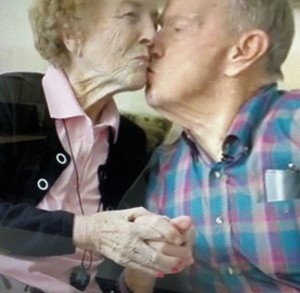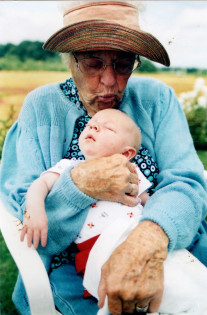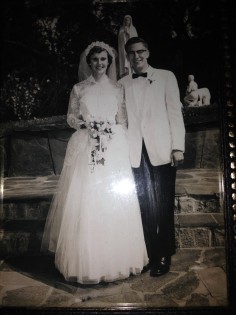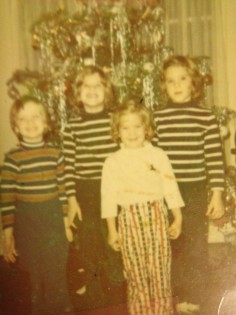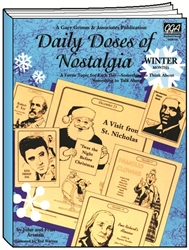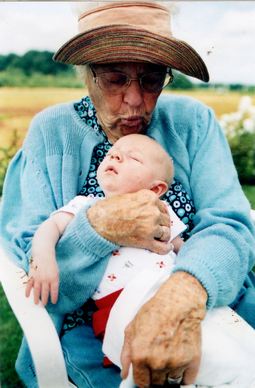 Three women, all three 90 year’s old, similar symptoms, different diagnosis.
Three women, all three 90 year’s old, similar symptoms, different diagnosis.
Known as the three Ds, depression, delirium, and dementia can be confused and it is essential that we know the differences so that we can approach care and treatment in the best and most appropriate manner possible.
The first of these three was diagnosed with dementia. She stopped bathing, slept in her recliner chair and stopped eating anything more than toast and coffee. The curtains were pulled all day to keep the light out and visitors away. She had memory problems including being unable to name the child that had drawn a picture for her, once considered important enough that it is framed and hangs on the wall in the living room. Suspicious of others, she refuses care and believes she is doing just fine.
For this woman careful scrutiny by her doctor and interviews with family members’ revealed severe depression that had likely been going on for years and her diagnosis “pseudo-dementia” related to depression became a diagnosis of hope. Hope because depression is often something that can be treated with medication and from which she may recover. And she did. The shades were opened and she began to venture outside from time to time. Showers were acceptable and conversation began to flow.
Another woman tells me her dead husband is in the basement talking. She knows he died a year ago but also is certain he is talking in the basement. She is also certain that she swallowed her mother. Although she can pay her bills she is convinced her money is being stolen. She is awake at night fighting with someone she sees but no one else can see. There are loud parties in her driveway and she is convinced the police need to be called. She sees dead people. Sometimes her speech is gibberish. Her hallucinations and delirium are disturbing to her and to her caregivers. They come on rapidly and resolve, sometimes in hours, sometimes in days. They leave her weak and exhausted as she battles people and things all night.
Her delirium appears related to a reaction to medications but also to infection and constipation though there is not a clear and consistent correlation, making it more difficult to teat. . Though sometimes mistaken for progression of dementia, we know this is delirium as her symptoms come on rapidly and she can be reoriented. Early recognition is key and delirium can be treated and reversible. Unlike dementia, reorientation is important. This means we discuss the fact that her husband died and it seems unlikely that she could swallow her mother.
Finally, another 90 year old who doesn’t know her son but knows he is the nice man who helps her. She resists bathing, certain she already has, says “no thank you” to breakfast, lunch and dinner, not hungry and certain she has already eaten. She sleeps in her clothes because she can no longer plan and process how to change them and it doesn’t matter to her because she cannot clearly see the stains. Sometimes she wanders away from the place she has lived for 65 years to find her home, likely recalling the home of her childhood. She is incontinent at times. Usually happy and easily redirected, she is also afraid at times, confused and having trouble making sense of a world she no longer remembers.
She has dementia, specifically Alzheimer’s Disease. This is the most common form of dementia and it means that the changes in her brain are permanent and fatal. Like the two woman above her struggles are daily and impact every aspect of life. In her case however, things will get worse. Dementia will progress over a period of 8-20 years and although progression can be slowed in some cases, it cannot be reversed. The approach for the caregiver is not reorientation but to maintain and enhance the skills that remain.
Depression, delirium, and dementia. There are many similarities between the “3 Ds” but it is essential for an optimal outcome that a correct diagnosis is made. As caregivers we need to provide the caring and compassion that each individual deserves while understanding the challenges they face.




